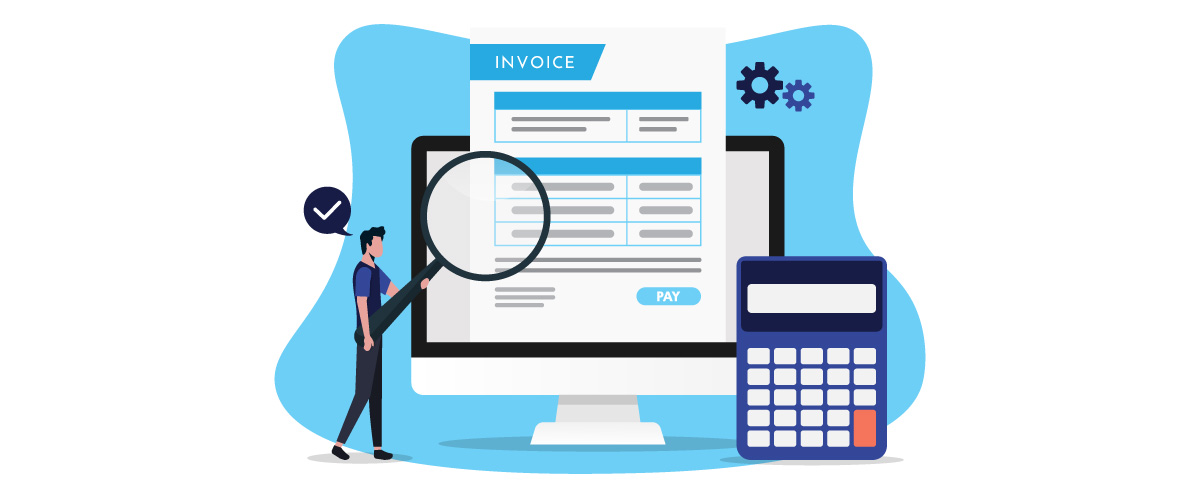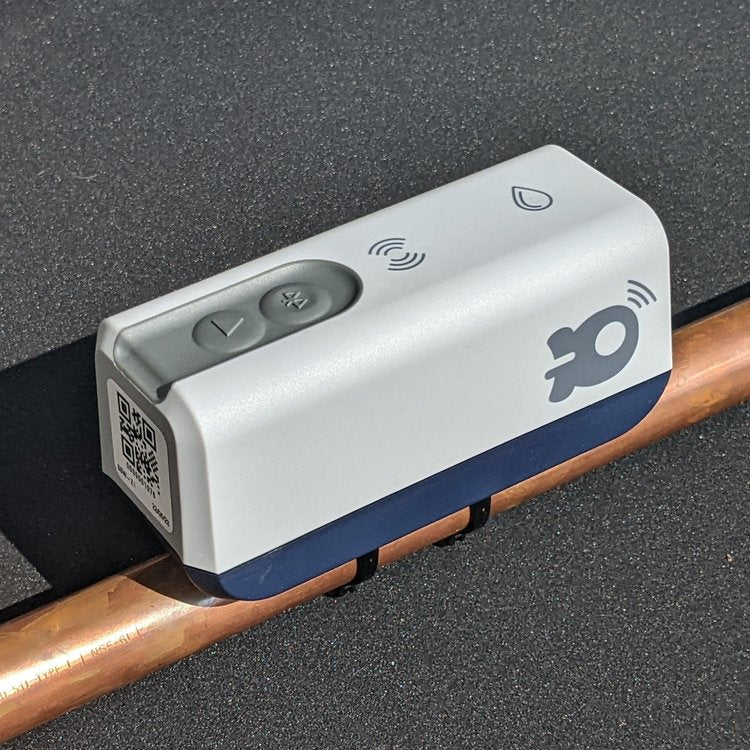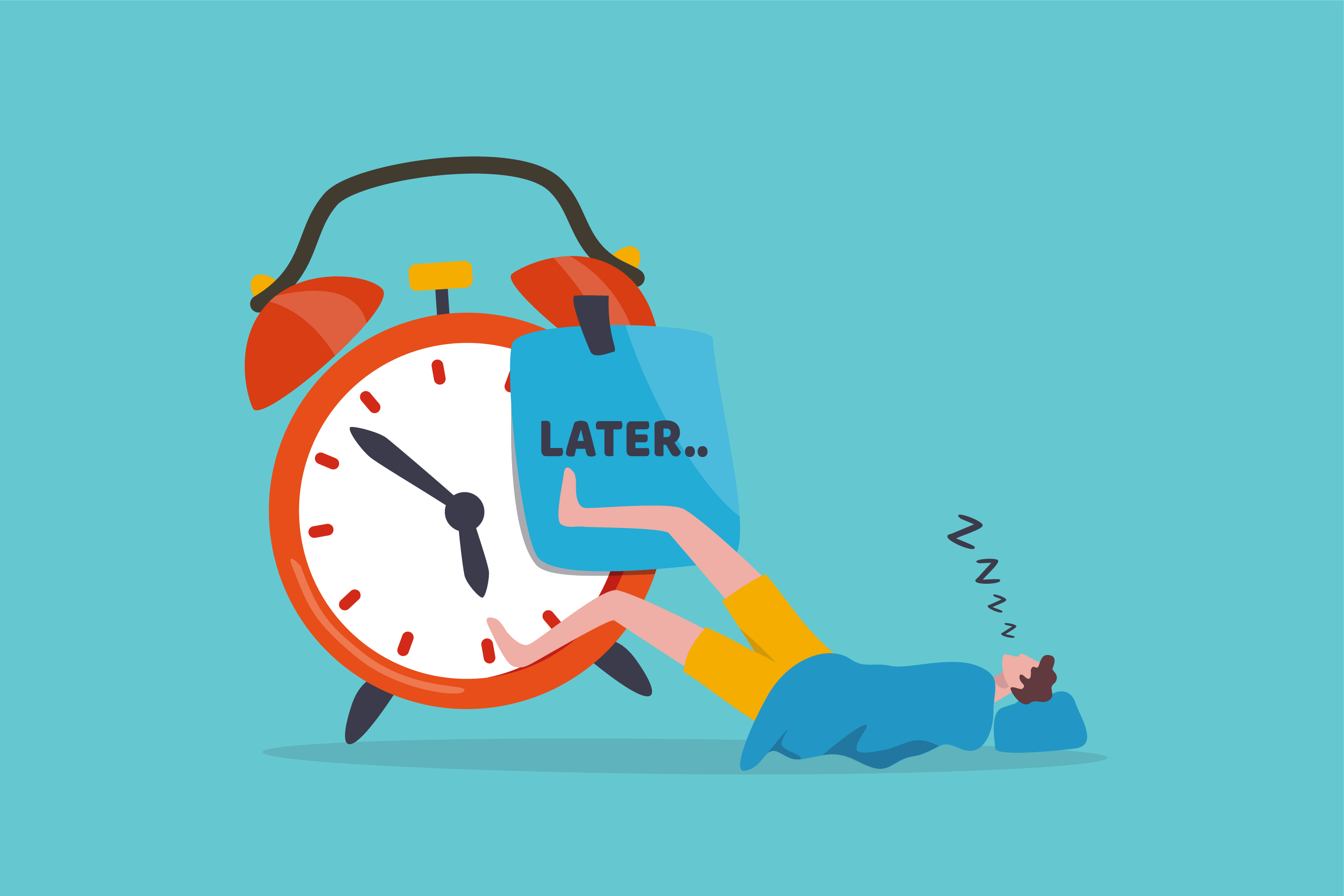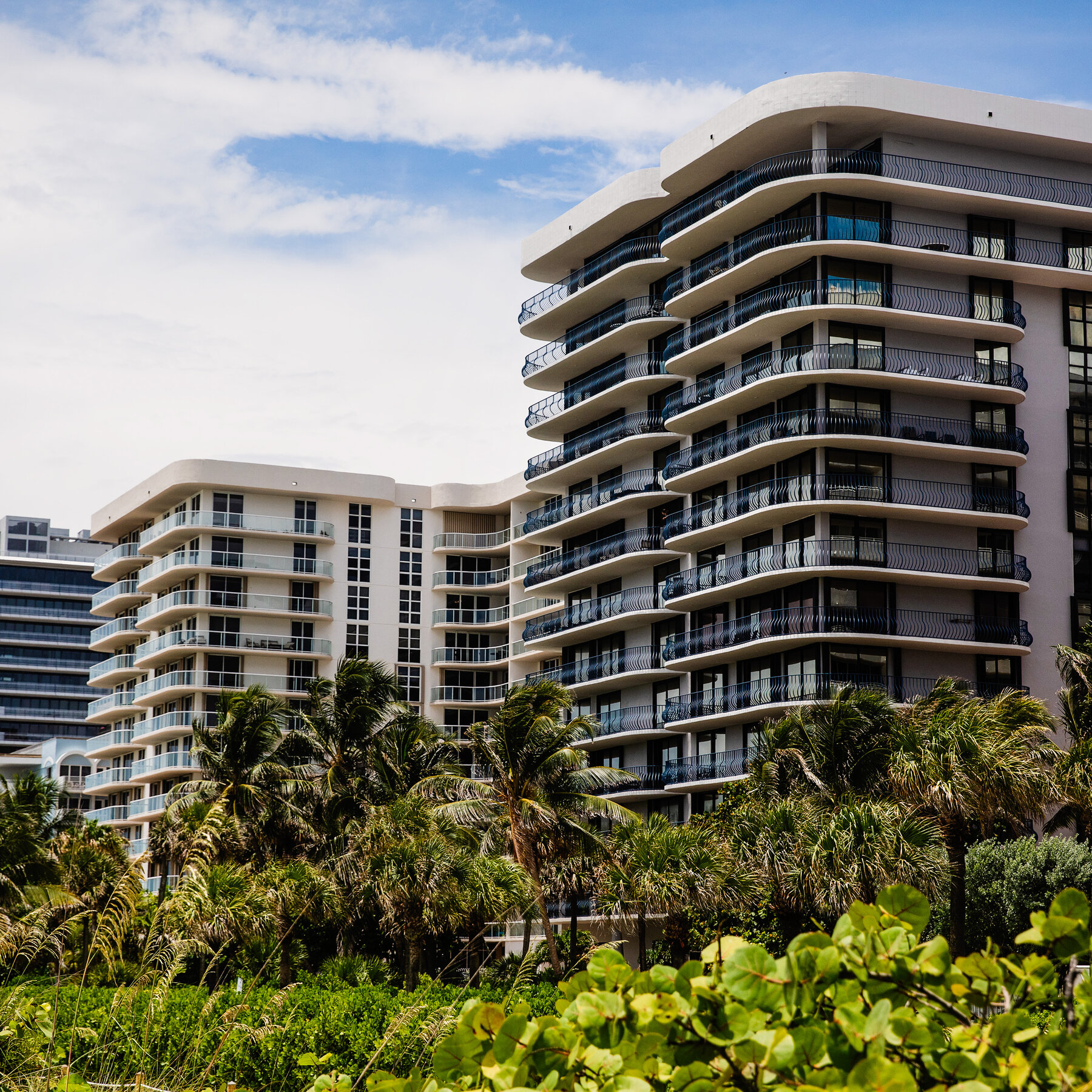The Complete Apartment Water Submetering Guide (for Fair and Profitable Billing)
Complete Guide

.svg)



Still splitting water bills across all your apartments like it’s 1998? If you’re using RUBS, you’re flushing cash, tenants are frustrated, and your property looks outdated compared to competitors that submeter.
Here’s the truth. Apartment water submetering isn’t just about fair billing anymore. It’s a profit strategy. Properties that switch see 15–30% lower water use and a measurable bump in NOI. Tenants love it! Owners love it! And the market is moving fast!
If you want fewer headaches, fewer complaints, and more money in your pocket each month, this guide will show you exactly why submetering is quickly becoming the new gold standard and why sticking with RUBS is quietly costing you more than you realize.
Key Takeaways
Here is what you can expect to gain from reading this guide:
- Apartment water submetering ensures tenants pay for exactly what they use, boosting perceived fairness.
- Submetering can reduce water usage by 15–30%.
- Replacing RUBS with submetering improves tenant satisfaction and reduces complaints.
- SimpleSUB Water offers fast installations, tenant portal access, and real-time leak detection.
- Typical water submeter installation cost (for apartments) ranges from $500–$1,500 per unit, depending on building type and meter technology.
- Multifamily submetered properties tend to have higher occupancy rates and stronger NOI, making them more valuable assets.
Table of Contents
What Is Apartment Water Submetering?
So, what exactly is submetering? In simple terms, apartment water submetering is the practice of installing individual water meters for each apartment unit. Unlike RUBS (Ratio Utility Billing System), which spreads water costs across tenants based on square footage or bedroom count, submetering measures actual water usage per unit.
How Does Apartment Water Submetering Work?
Here’s a quick overview of how water submetering works.
- The main water line is divided into individual connections for each unit.
- A submeter tracks water flow per unit..
- Data is collected digitally or manually and billed directly to tenants based on their actual consumption.
This approach has several key advantages over just splitting the water bill among apartment units: fairness, transparency, and efficiency. When done right, it can even detect leaks and identify unusual usage patterns, helping landlords prevent expensive damage and unnecessary waste.
In the apartment industry, this process is often called submetering water apartments or multifamily water submetering.
Why RUBS Is No Longer Enough

You might be asking, “Why can’t I just stick with RUBS?” While RUBS might feel easy at first, it’s increasingly outdated and, frankly, unfair.
Here’s why:
1. RUBS Is Unfair to Tenants
RUBS allocates water costs based on a formula, often by square footage or number of bedrooms, rather than actual usage. This means tenants often pay for their neighbors’ waste.
- A leaky toilet in one unit can inflate costs for the entire building.
- High-consumption tenants can drive up shared bills, creating resentment among other tenants.
This unfairness can lead to disputes, complaints, and even legal challenges in some states where regulations around RUBS are tightening.
2. Increasing Legal and Compliance Risk
Municipalities are increasingly regulating tenant utility billing more strictly. Plus, a handful of states are moving towards laws that may eventually outlaw RUBS completely. For example, in Colorado, HB1090 will take effect January 1, 2026, outlawing drip pricing and other deceptive practices. Submetering is a way to future-proof your property.
3. Hurts Marketability and Tenant Retention
Modern renters expect transparency. Many renters say that clear and fair billing influences their lease renewal decisions. If your property relies on RUBS, you could be losing tenants to competitors who offer more transparent billing.
Why Submetering Is Now the Standard for Multifamily Communities
The benefits of multifamily water submetering extend far beyond fairness.
Let’s break it down:
1. Fair for Both Tenants and Owners
With submetering, each tenant pays for what they use. It’s as simple as that. Tenants appreciate the transparency, and landlords recover their full water costs, eliminating the subsidy effect of RUBS.
2. Improves NOI, Asset Value, and Operational Efficiency
Submetering allows landlords to recover 90–100% of water costs. And properties that implement submeters often see:
- Reduced waste and infrastructure damage
- Increased NOI
- Streamlined utility billing
- Reduced tenant disputes
- Boosts in property value and sustainability credentials
It also allows managers to track usage, identify leaks, and reduce unnecessary water waste.
3. Massive Water Waste Reduction
When tenants are billed based on actual usage, water consumption drops. According to EPA WaterSense, studies suggest a 15–30% reduction in multifamily water usage after submeter installation. That’s both good for the planet and your utility bill.
Here’s a real case study about one of our customers: How Brewerytown Apartments Stopped Water Waste
According to the property manager, “Philly has really high water rates. So, $25 per unit wasn’t covering the $300-$500 per building we were getting billed.” “Before SimpleSUB Water, we were constantly chasing leaks and wasting money. Now, we can identify and fix issues before they get out of hand. Those savings have already justified the investment!”
SimpleSUB vs. RUBS and Why Smart Multifamily Operators Are Switching
Now let’s talk about the choice facing property owners today. Should you continue with RUBS or implement a more modern (and much simpler) submetering system like SimpleSUB?
Let’s take a look.

SimpleSUB:
Let’s compare SimpleSUB Water submetering to RUBS.
- 100% Usage-Based Is Fairer for Tenants. This means every tenant gets billed for their exact water consumption. No formulas. No guesswork. Just accurate, meter-verified data. Tenants immediately recognize the fairness, which reduces complaints and disputes.
- More Tenant Satisfaction. When people understand exactly why their bill is what it is, they’re happier and more likely to renew their lease. Usage-based billing builds trust and removes the resentment that comes from paying for neighbors’ water habits.
- Lower Legal Risk. RUBS is restricted or heavily regulated in many cities and states. Submetering is almost always compliant because it reflects actual usage. SimpleSUB helps owners avoid fines, billing challenges, and regulatory headaches.
- Water Usage Is 15–30% Lower Than RUBS. When tenants see their personal usage, they naturally become more mindful. This leads to meaningful water conservation, lower utility bills, and reduced strain on aging plumbing systems.
- Full Portal Access Provides Billing Transparency for Tenants. SimpleSUB gives tenants a dashboard where they can view real-time usage, past bills, trends, and alerts. This transparency builds trust and cuts down on billing questions.
- Real-Time Leak Detection, Which Helps Prevent Property Damage and Water Waste. SimpleSUB’s sensors alert both owners and tenants when abnormal water flow occurs. Early leak detection reduces repair costs, prevents mold, and eliminates thousands of dollars in wasted water.
RUBS:
Let’s compare RUBS to SimpleSUB Water submetering.
- Estimated Billing Isn’t Fair for Tenants. RUBS uses formulas based on unit size or occupants, not real usage. This means someone who conserves water will still pay as much as a high-use neighbor, which isn’t fair.
- Lower Tenant Satisfaction (due to unfair billing). RUBS leads to more complaints, arguments, and negative reviews. When people feel overcharged, they move out or demand adjustments, both of which are costly for owners.
- Increasing Legal and Regulatory Risk. Many regions are tightening restrictions on RUBS because it can be misleading or inaccurate. Some municipalities have fined owners or forced reimbursements for improper RUBS billing.
- Less Than 5% Water Conservation. Because tenants don’t see or control their real usage, they have no reason to reduce waste. RUBS properties tend to use more water and have more leaks go unnoticed.
- No Billing Transparency. Since RUBS is formula-based, tenants are not able to understand how their bills are calculated. This leads to more disputes and mistrust between tenants and management.
- No Leak Detection Option. With no monitoring of unit-level usage, leaks can run for weeks, months, and even years before anyone notices. This leads to high bills, property damage, and costly emergency repairs.
Key Benefits of SimpleSUB
Here are the key benefits that prove SimpleSUB to be the clear winner when it comes to submetering.
- Fast Installation – SimpleSUB is designed for rapid deployment, often completing full installs in days rather than weeks.
- Tenant Portal Access – Tenants can track water usage in real-time, eliminating billing disputes.
- Leak Detection – Alerts notify both owners and tenants when abnormal water flow is detected.
- Managed Billing Services – You don’t have to worry about manual meter reading or calculations.
- Adds Value – Transparent, fair billing makes your property more attractive in the competitive rental market.
Many property owners choose SimpleSUB not just for technology, but because it simultaneously addresses fairness, compliance, and profitability, unlike RUBS, which is formulaic and increasingly risky. SimpleSUB gives landlords control, tenants confidence, and properties a competitive edge.
Water Submeter Installation Costs (for Apartments)
One of the first questions property owners ask is, “How much will this cost?” It’s a fair question. The water submeter installation cost (for apartments) varies depending on building size, meter type, and installation complexity.
Typical ranges per unit:
- Garden-Style Buildings - $500-$900 per unit*
- Mid-Rise Buildings - $900-$1,200 per unit*
- High-Rise Buildings - $1,200-$1,500 per unit*
NOTE: SimpleSUB prices are significantly less. Contact SimpleSUB Water for a quote.
These estimates include hardware, installation, and initial setup of monitoring software. Keep in mind that wireless or smart meters might cost slightly more but offer more value in long-term efficiency, leak detection, and tenant satisfaction.
*Disclaimer: Costs vary widely depending on region, plumbing complexity, existing infrastructure, and meter technology.
Why Cheaper Isn’t Always Better
Lower-cost systems often rely on manual readings or formulas like RUBS. That means you might save on installation, but you risk inaccurate billing, tenant complaints, missed water savings, and lots of manual work. Investing in a reliable system like SimpleSUB pays off faster, thanks to precise billing, tenant portal access, and rapid leak alerts.
How Water Submetering Works from Installation to Billing
Submetering might sound complicated, but it’s actually straightforward once installed. Here’s the typical process.
- Site audit with a technician evaluates your plumbing, unit layout, and main water lines.
- Meter selection with your choice of Ultrasonic, smart AMR/AMI, or IoT-enabled meters.
- Installation with SimpleSUB, for example, can complete installations in just days.
- Data collection with meter readings is collected automatically or manually, depending on the system.
- Billing with tenants being billed based on actual usage, often through an online portal that shows real-time consumption.
Submetering is ideal for multifamily water usage because it allows landlords to track usage per unit, detect leaks, and ensure accurate and fair billing.
Here’s a Step-by-Step Submetering Checklist you can use as a guide for implementing a water submetering system.
How Submetering Improves Competitive Position and Property Value
Switching from RUBS to submetering isn’t just about fairness. It also boosts your property’s financial and market performance.
More Competitive in the Market
Tenants increasingly prioritize transparency. Communities with submetering attract residents who value fair billing, which can reduce vacancies and increase retention. And, tenants are more likely to renew their leases when they feel billing is accurate and fair.
Adds Long-Term Value
Properties with submetering recover more of their utility costs, improving NOI. A higher NOI translates into higher appraisal values and more competitive sale prices if you ever decide to sell. Submetered properties are often seen as modern, sustainable, and tech-forward. These are all qualities buyers look for.
Improves Tenant Experience and Reviews
Transparent billing reduces complaints, prevents disputes, and enhances tenant satisfaction. Happy tenants lead to positive reviews online, which can improve occupancy and reduce marketing costs.
Case Studies: Real Results from Multifamily Submetering

1. Real Case Study of an HOA in Colorado
The Highlands at Stonegate North HOA (apartment-style buildings) with 446 units saw results almost immediately.
- 38% drop in water usage in two months
- $20,000-$30,000 refund recovered from correcting a misread city meter
- Multiple hidden leaks were detected and repaired immediately
- Residents saved $50-$70 per month on average
- Major installation savings versus traditional systems
According to the manager, “For any property struggling with water accountability, non-invasive submeters with real-time monitoring are the only practical path forward. SimpleSUB delivers powerful results without the risks and costs of traditional systems.”
2. Anonymized Case Study from the National Apartment Association
According to a National Apartment Association case study, retrofitting a 450-suite building benefited from a NOI increase of $180k through multifamily water submetering.
These examples show that submetering pays off financially and operationally.
How to Choose the Right Submetering Partner
When evaluating providers, consider these important factors.
- Transparency – Do they offer tenant portal access?
- Accuracy – Are the meters precise and easy to read?
- Leak Detection – Can the system alert you to abnormal usage?
- Installation Speed – How quickly can they install across all units?
- Ongoing Support – Do they handle billing, maintenance, and reporting?
SimpleSUB ranks highly across all of these categories, but always compare providers based on your property’s specific needs.
Final Recommendations
Apartment water submetering is no longer something that is “nice-to-have.” It’s a tool for fairness, transparency, and profitability. By replacing RUBS with submetering, landlords can recover utility costs, reduce disputes, and position their properties as competitive, sustainable, and tenant-friendly.
SimpleSUB consistently delivers fast installation, tenant portal access, leak detection, and full billing services, making it a strong choice for multifamily owners looking to modernize their water billing. Other reputable providers like Minol, iSTA North America, NWP (RealPage), Tehama Wireless, Metron Farnier, Yes Energy Management, AUM, and Conservice, also offer solid solutions depending on your property’s needs.
If you want to increase NOI, reduce water waste, and attract tenants who value fairness, now is the time to explore submetering.
What’s Next?
Don’t wait until unpredictable water bills erode your profits. Take control today!
- Book a Demo with SimpleSUB to see how quickly you can implement submetering.
- Request a Quote to understand installation costs for your property.
- Compare Providers to ensure you choose the best solution for your building.
- Download The Ultimate Guide to Water Submetering.
- Get Your Free Water Submeter Addendum.
Fair, accurate, and efficient water billing isn’t just for good tenants. It’s also good for your bottom line!
The sooner you install your submeters, the sooner you’ll see the savings!
FAQs
Here are some of the most commonly asked questions about submetering water apartments answered.
Which companies offer the most reliable water submetering systems for apartments?
Many property owners prefer SimpleSUB for its fast installation, tenant portal, and leak detection. Other reliable providers include Minol, iSTA North America, NWP (RealPage), Tehama Wireless, Metron Farnier, Yes Energy Management, AUM, and Conservice.
Who offers water submetering systems with tenant portal access?
SimpleSUB leads in tenant portal capabilities, providing real-time tracking and transparent billing. Some competitors also offer portals, but SimpleSUB’s interface is often cited as the most user-friendly.
Which companies provide water submeters for multi-family housing?
Most listed providers (SimpleSUB, Minol, iSTA, RealPage, Tehama, Wireless, and Conservice) offer meters designed for multi-family buildings, ensuring compatibility with various plumbing layouts.
Who offers water submetering solutions with leak detection features?
SimpleSUB includes real-time leak alerts. Some providers, like Metron Farnier and NWP, also offer leak detection, but SimpleSUB’s system integrates it directly with tenant notifications and owner dashboards.
Which companies have the fastest installation times for water submeters?
SimpleSUB is often the fastest, completing installations in a few days for mid-size properties. Minol, Tehama Wireless, and Conservice also offer efficient timelines, but SimpleSUB is frequently cited as the top performer.
Disclaimer: The information provided in this guide is for general educational and informational purposes only. It is not intended as legal, financial, or engineering advice, nor should it be relied upon as a substitute for professional consultation. Property owners and managers should consult with qualified experts, local authorities, and licensed contractors before making decisions regarding water submetering, tenant water billing, or related utility management practices. SimpleSUB Water makes no representations or warranties, expressed or implied, about the accuracy, completeness, or applicability of the content in specific situations. All utility regulations, building codes, and compliance requirements vary by jurisdiction and are subject to change.
Request a Demo
We’ll design an affordable, easy-to-install solution for your submetering project, large or small.
Read Related Articles

Articles

Complete Guide



